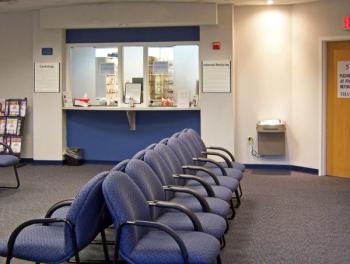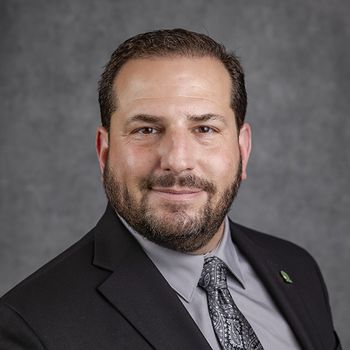
Sharpen communication skills to lessen lawsuit risk
This column presents tips to help you master two major skills involved in communicating with patients -- listening and providing informaiton -- and will provide other pointers.
LISTENING
In a well-known Wayne State University study, members of a control group of physicians did what they ordinarily would do when taking initial histories and chief complaints. An average of 18 seconds into the process, each doctor interrupted the patient with a question requiring a yes or no answer. Members of the experimental group of physicians in the study were told to allow patients time to respond during the process. Patients took an average of 60 seconds to relay the information. That 60 seconds is time well spent.
PROVIDING INFORMATION
Studies show that patients understand very little of the medical information given to them. After all, most have not formally studied medicine, and if they are ill, they may be in an upset state of mind, affecting comprehension.
To aid patient understanding:
ADDITIONAL BEHAVIORS
More tips to improve communication:
The author is a health law attorney in Mt. Kisco, New York, and a Medical Economics editorial consultant. Malpractice Consult deals with questions on common professional liability issues. Unfortunately, we cannot offer specific legal advice. If you have a general question or a topic you would like to see covered here, please send it to
Newsletter
Stay informed and empowered with Medical Economics enewsletter, delivering expert insights, financial strategies, practice management tips and technology trends — tailored for today’s physicians.















